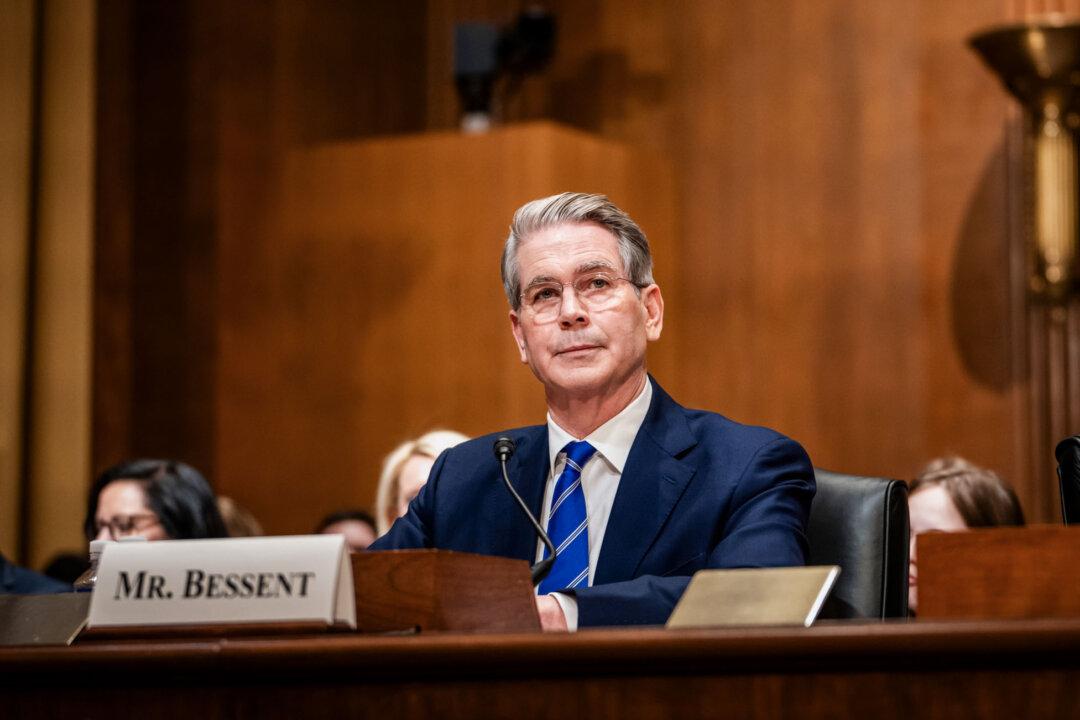This holiday season, retailers have curbed their deep discounts, prompting consumers to visit discount stores amid surging inflation.
Black Friday and Cyber Monday sales were considered disappointing by market analysts. It turns out that promotional emails, flashy advertising materials, and the buzz over seasonal shopping were not enough to allure consumers this year.
While shoppers may possess an appetite for spending on Christmas gifts in 2021, industry observers concede that customers with pent-up savings may not be as aggressive in their approach as in previous years.
Shoppers’ behaviors have been slightly altered in this environment. Consumers have stretched out their holiday shopping endeavors, avoided the busy crowds, and purchased goods from their sofa.
One noticeable trend in the retail landscape has been businesses—large and small—refraining from offering sharp discounts. As these stores contend with a global supply chain crisis, companies are facing shortages and higher prices, and these developments are impacting customers’ pocketbooks and failing to satisfy demand.
Inflationary pressures could result in large companies, smaller brands, and independent retailers offering sales on products that customers might not want, whether it is discontinued products or past-season items. If they are slapping a sale sticker on more popular merchandise, the discounts might be only modest compared to recent years.

“Retailers are going to manage the discounts to capture back a little bit more gross margin on sales to cover some of the logistics costs,” he explained to the newswire. “But it’s also going to be a bit dynamic, so the Black Friday deals may shift, and change based on demand and inventory.”
No Discounts for Online Shoppers?
One of the chief factors to the e-commerce industry’s growth has been the vast savings on a wide range of goods. But even online retail has fallen victim to inflation.From tighter inventories to strong demand, price pressures have imbibed online retailers. Of the 18 product categories that Adobe monitors, only books enjoyed lower annual inflation.
“Ongoing supply chain constraints and durable consumer demand have underpinned the record high inflation in e-commerce, with apparel seeing high volumes of out-of-stock messages online compared to other categories,” said Patrick Brown, VP of growth marketing and insights at Adobe, in a report.
However, the good news is that online prices remain below the rate of inflation that has surged to a three-decade high.
“With offline prices surging in the Consumer Price Index (CPI) however, it is still cheaper to shop online for categories such as toys, computers, and sporting goods,” Brown said.
Christmas Shopping at the Dollar Store?
If shoppers cannot locate cheaper goods on the internet or they cannot come across discounts at the local apparel shop, they might be turning to discount stores, such as Dollar General and Dollar Tree.Market analysts note that discount locations offering products priced at a buck or two generally do well in economic challenges.

“Lifting the one-dollar constraint represents a monumental step for our organization,” the company said in a statement. “[Customers] have also indicated they are seeing price increases across the market and that Dollar Tree is still providing the products they need at an undeniable value.”
The Growth of Buy Now, Pay Later
A new CNBC All-America Economic Survey found that individuals will spend, on average, $1,004 on presents. This is up 13 percent from last year and is the highest figure since 2018.It was recently reported that U.S. consumers would be spending more on gifts this year, with both high- and low-income shoppers attributing the spike to rising inflation.
But is this something the country can afford?
In addition to price inflation eradicating wage growth gains enjoyed by millions of Americans over the last year, consumers are tapping into credit options to pay for their Christmas consumption.
“It’s become more mainstream,” said Derrick Fung, CEO of Cardify, in a statement. “The consumer over the last 12 months has become more compulsive and BNPL products are the result of us being locked up for too long and wanting more instant gratification.”
Other surveys have highlighted the popularity of BNPL plans. In some cases, Americans are completing purchases with BNPL services that they could not afford.





